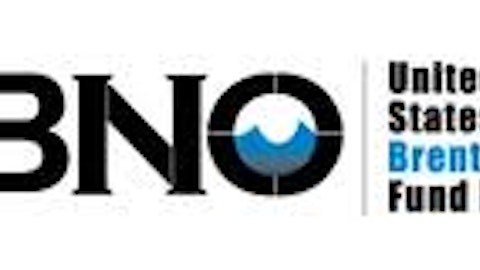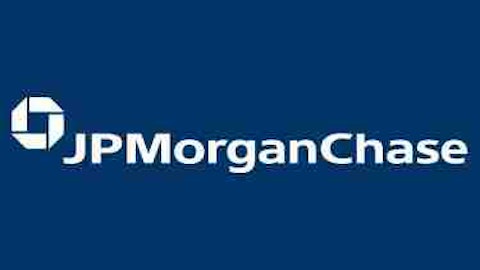NYSE Euronext (NYSE:NYX) is up over 35% this year on the news that IntercontinentalExchange Inc (NYSE:ICE) will buy the trading solutions company for $8.2 billion or $33.12 per share. With the NYSE’s stock trading at only $32.20, there appears to be a merger-arbitrage opportunity. Merger-arbitrage is a strategy commonly employed by hedge funds when there is reasonable certainty that a deal will close. Assuming it takes roughly six months for the deal to close, NYSE Euronext investors may potentially purchase the company at current levels and be able to make an annualized yield of 5.7% (check out merger-arbitrage strategies here).
The NYSE acquisition by Intercontinental will propel it past current market value leader CME Group Inc (NASDAQ:CME). The combined market values for NYSE ($7.8 billion) and Intercontinental ($9.4 billion) will come in over $17 billion, whereas CME trades right at the $17 billion mark. The merger will create a global exchange operator that will operate in diversified markets such as commodities, credit derivatives, equities and equity derivatives, foreign exchange and interest rates. Ken Griffin – founder of Citadel Investment Group – is one of the NYSE’s big-name investors (see Ken Griffin’s newest picks).
NYSE has seen continued decline in its top-line growth due to a slowing of transaction volume, in part due to the financial crisis that has dried up securities offerings and new listings. NYSE has also seen pressure thanks to the termination of its European launch of a new electronic retail derivatives market – previously slated to launch in 1Q 2013. Prior to the buyout offer, NYSE was down over 10% year to date.
Intercontinental Exchange, meanwhile, is expected to grow revenue by 9% this year with growth in the single digits in 2013. This moderate expansion should be in part driven by a rise in trading volume as investors regain confidence in the markets. 3Q results for Intercontinental showed futures contracts volume up 11% year over year; Intercontinental has an advantage over competitors with its energy-related futures and interest rate products.
The company also recently acquired Climate Exchange, and appears cheap on a standalone basis with an industry-average price-to-book valuation of 3.2x, whereas Intercontinental trades at 2.6 times book. ICE had many notable billionaires as investors during 3Q, including Ken Griffin, Steven Cohen and D.E. Shaw.
Three of NYSE Euronext and Intercontiental’s top competitors – NASDAQ OMX Group, Inc. (NASDAQ:NDAQ), CME, and CBOE Holdings, Inc (NASDAQ:CBOE) – all pay dividends, but also all have lower 5-year expected earnings growth than Intercontinental. NASDAQ pays a 2% dividend yield that is only a 12% payout of earnings, and also trades the cheapest of all five exchange stocks with a forward P/E of 9x. NASDAQ appears to be a solid value investment that also has decent growth opportunities with a 10% long-term expected earnings growth rate. Billionaire Steven Cohen of SAC Capital made a big bet on NASDAQ last quarter, upping his stake over 50,000% (see Steven Cohen’s top picks).
Are CME and CBOE also solid investments?
CME Group pays a robust dividend with a yield of 3.4%, which is a payout of only 20% of its earnings. The diversity of CME’s operations and its current P/E of 12x – the lowest of the five exchange companies – impress us. Also boding well for CME is its 5-year average operating margin of 63% – the highest of the players mentioned here. George Soros increased his stake in CME by 400% last quarter (see George Soros’ newest picks).
Last but certainly not least, CBOE Holdings pays one of the smaller dividends – yielding 2% – and it also represents a 30% payout. We believe this exchange company trades at the upper end of the range – 18x earnings – for no good reason, where earnings growth is expected to come in at only 10% annually over the next few years. The overall hedge fund interest in CBOE was weak last quarter, but the exchange did see billionaire Jim Simons upping his stake by 30% (check out Jim Simons’ portfolio).
In short, we believe that the NYSE-Intercontinental combination will be a double threat; the new company will be able to leverage the NYSE’s long-standing brand name and cash generating capabilities, where it currently pays a 5% dividend yield, and Intercontiental’s industry-leading expected EPS growth of 13%. For investors unwilling to make the merger-arbitrage commitment, an investment in the combined exchange companies should yield better than expected results over the long-term.
For related coverage, check out the links below:
Who’s Trying to Block Sprint’s Takeover of Clearwire?






